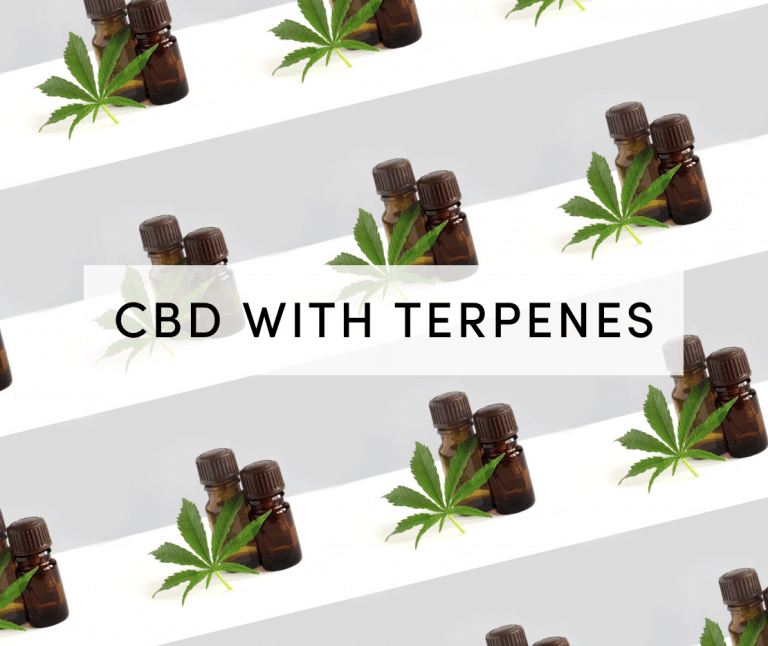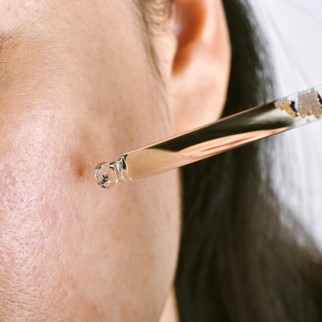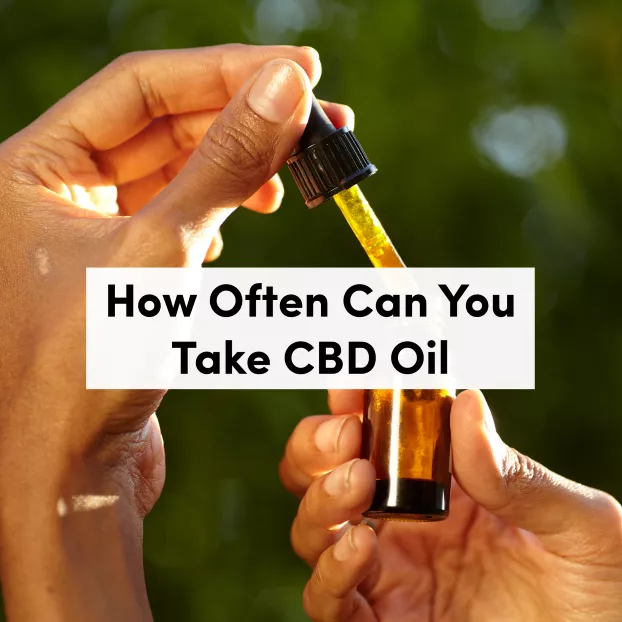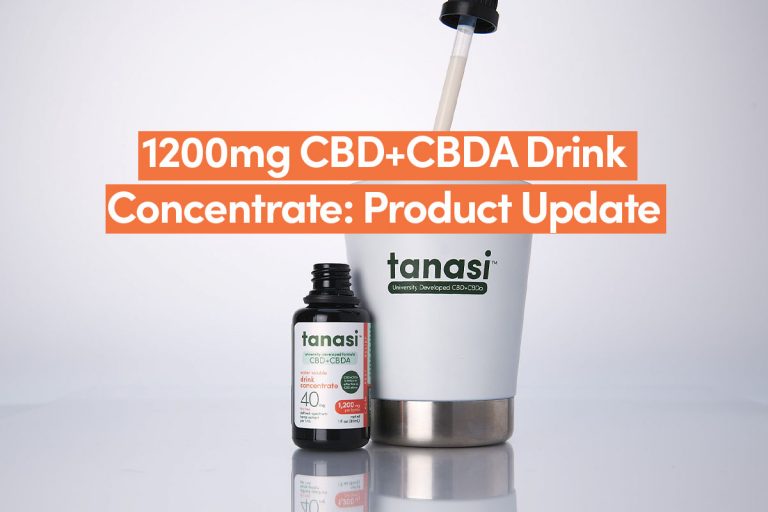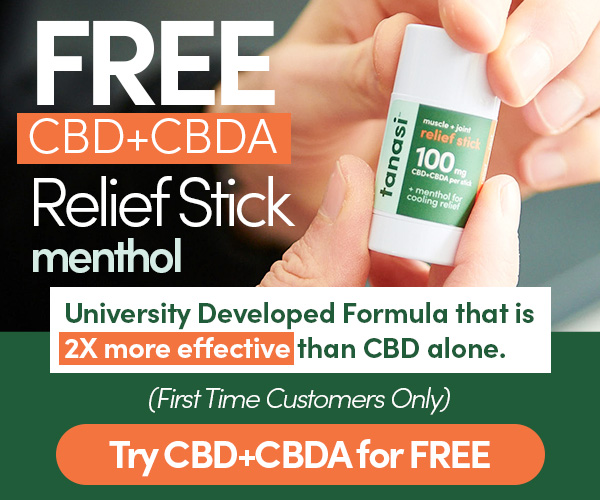CBDa + CBD Heated vs Unheated: What’s the Difference?
Posted on April 27th, 2023
Ok, so here at Tanasi, in all of our products, we combine CBDa and CBD in a 1:1, patent-pending formulation. And that’s because our research shows that the combo is 2X more effective than CBD alone. Now, that’s a lot to get a hold of, we know. But wait, now let’s talk about the fact that CBDa and CBD are very similar, with one key difference: heat. You might be thinking, “Oh, gee, there’s heated and unheated CBD too? What does that mean? CBD heated vs unheated, is there a difference between both besides temperature?”
But worry not; the information about this compound and other known cannabidiols relate in several ways. In fact, both cannabidiolic acid (CBDA) and cannabidiol (CBD) are both cannabidiols. Basically, CBDA is CBD’s acidic precursor. (More on this later)
Both THC and CBD have acidic precursors, namely tetrahydrocannabinolic acid (THCA) and cannabidiolic acid (CBDA), respectively. CBDa was the first cannabinoid acid to be discovered after first isolation happened in 1955. Even though cannabis has 483 compounds, usually only THC and CBD get the spotlight. Also, there is more research on THC and CBD than any other cannabinoids out there. Yet the most abundant cannabinoids you will find are CBD and CBDA.
CBDA: What Is Raw/Unheated CBD? 
When all the science stuff is said and done, unheated or raw CBD is CBDA, an acronym standing for cannabidiolic acid. The trichomes (resin glands) of raw marijuana plants are responsible for producing the chemical compound CBDA. When saying ‘raw’ here, it means uncured and unheated. Usually, when you trim fresh leaves and flowers directly from the marijuana plant, you get raw cannabis.
Cannabidiol (CBD), which is the more widely known molecule, stems from CBDA. Thus, CBDA is CBD’s predecessor. Studies estimate that THCA makes up 95 percent of the cannabinoids in fresh cannabis, while CBD makes up only 5 percent.
In a process known as decarboxylation or decarbing, CBDA is heated and broken down to from CBD. When you expose CBDA to heat, the acid part evaporates away to form what is known by many as “activated” CBD.
CBDA is present in all cannabis plants but is more abundant in specific strains of the marijuana plant. Strains high in CBD contain the most considerable quantities of CBDA and are less common than strains high in THC.
Will CBDA Make Me High?
No. Neither CBDA nor CBD has psychoactive properties. Both CBDa and CBD may produce effects in your body. But they won’t be psychoactive or intoxicating.
CBD Heated vs Unheated: What’s the Difference Between CBDA and CBD?
CBD and other cannabinoids are derived from unheated or raw CBD, also known as CBDA. Cannabidiolic acid (CBDA) synthesizes to form CBD and other constituent cannabinoids.
It is the result of refining and converting the CBDA found within marijuana and hemp plants that brings us the popular cannabinoids we enjoy.
CBD and CBDA don’t have much of a difference when it comes to their origin. Both are present in marijuana and hemp plants. Perhaps the main difference comes in how these cannabinoids are extracted and obtained. As you may already know, CBD undergoes a distillation and isolation process to separate it from other compounds present in marijuana and hemp plants. Once separated, it becomes a CBD isolate, a CBD oil, or any of the other forms. CBDA, on the other hand, isn’t usually isolated, nor is it sold on its own.
What Are The Potential The Benefits Of CBDA?
1. CBDA Offers All The Benefits Of Heated CBD And More
If you are seeking to obtain CBDA, raw marijuana and hemp plants are the best sources. Raw marijuana and hemp plants refer to plants that haven’t gone through any processing, not even drying out. When you juice raw cannabis and hemp plants, the final product you get will have a very high concentration of CBDA. That is because CBDA in high concentrations is always present in raw plants. Long story short, obtaining or extracting CBDA doesn’t require any processing, refinements, or distillation. Of course, if you prefer not to much on raw hemp leaves, you can also get a good amount of CBDA from our Tanasi hemp-extracts, which include a 1:1 formulation of CBD to CBDa, thanks to our patent-pending research.
2. Better
As mentioned earlier, CBDA is abundantly present in raw hemp seed oil. According to our 10-team research group, with expertise in biology and chemistry, when you use CBD and CBDA together, using our 1:1 formulation, your effects will be 2.7 times more noticeable than when you use either compound in isolation.
3. CBDA Won’t Get You High
Just like CBD, CBDA lacks psychoactive properties. This is another way in which CBD and CBDA are similar. Naturally, CBDA can have minute traces of THC, as can CBD. But as long as you stay within the federally legal limits of THC concentrations below 0.3%, you won’t have to worry about intoxication.
Cons of CBDA 
1. CBDA Undergoes Decarboxylation Easily
Once cannabidiolic acid is exposed to light, heat, and other conditions that cause decarboxylation, it is converted to CBD and ceases to be CBDA, which is quite unfortunate. Yet the fact that when CBDA decarboxylates, it turns into CBD can be an advantage or a disadvantage depending on how you see it. You may want to have CBDA, but it could suddenly turn into CBD when exposed to some heat, so handle it carefully. Or, skip the guesswork and access this compound in our hemp extracts, where you’re guaranteed a lab-confirmed 1:1 ratio of both compounds.
2. Finding CBDA Can Feel Like A Wild Goose Chase
CBDA is not as popular as other cannabinoids and can therefore be harder to find on its own. Unfortunately, CBDA is overlooked by many others in the current cannabis industry because it’s more difficult and expensive to extract. Luckily, here at Tanasi, we did the chasing for you. So you can easily get your CBDa and your CBD in every hemp-extracted product you purchase from our website.
Where To find CBDA- Rich Products
Hopefully, you have learned something useful about CBD heated vs unheated and the role of CBDA in the synthesis of CBD. And we hope you know that Tanasi’s line of topical and ingestible hemp extracts is the best way to source CBD and CBDa together, in a palatable form that guarantees each compound will be present in our patent-pending, 1:1 formulation!


